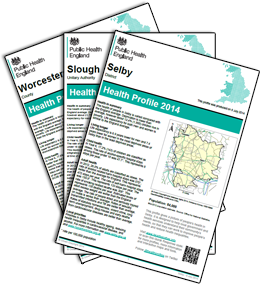The SOCIAL bit of the biopyschosocial approach doesn't get much attention in physio yet it essential to understand the wider social and economic context that a patient comes from. Our values, experiences of pain, expectations and healthcare outcomes are all influenced by the environment in which we live. The King's Fund provide some great information on how the broader determinants of health (summarised in the above picture) are likely to impact on future trends in health.
Understanding this gives our assessments and interventions context, it helps us communicate effectively with patients, it allows us to make informed recommendations about local services and facilities. For example, we might say to a patient "try and get out for a 20 minute walk every evening" when in certain areas local parks are poorly lit, covered in dog poo and dangerous at night. Most areas have masses and masses of brilliant physical activity options and these are often a perfect "next step" after physio treatment but keeping updated on local events, groups and charities is time consuming and it's something that is often left to patients. One local Physiotherapy Department has appointed one member of the team to collate this information and to brief the team about community events & groups at regular intervals; what a great idea!
Being aware of local health priorities can also help your services, health care services are commissioned in response to local need and understanding the health priorities in your area is an essential way of ensuring that your services match local need. The Health Profiles created by Public Health England (PHE) provide an overview of local health priorities. Here in Sheffield for example, statistics are significantly worse than the average for England in the areas of deprivation, smoking, educational attainment, mortality in under 75s from both cancer & CVD.
Deprivation is higher than the national average and life expectancy is lower than the national average. Sheffield is known as a city in inequalities and there is a massive 10 year difference in life expectancy in males in the most deprived and least deprived areas of the city. We need to show how our services are addressing these inequalities and in doing so demonstrate that this is a priority for our profession.
Another key document is the local Joint Needs Assessment Strategy, these can usually be found on your local government website. This document provides an analysis of the current health needs of the local area, it informs the local health & wellbeing strategy and it informs commissioning activity in health and social care. In Sheffield the JSNA builds on the information in the local health profile and a key aspiration is to bring life expectancy in line with the national average, it analysis the causes of premature death and highlights trends in areas including neurological conditions, diabetes, dementia and COPD. It concludes that long term conditions are a leading cause of premature death and states that these must be a priority for commissioners.
We need to keep up with population health trends and understanding local health prioroties and developing links with local communities can help our services evolve to meet the needs of the local population.

